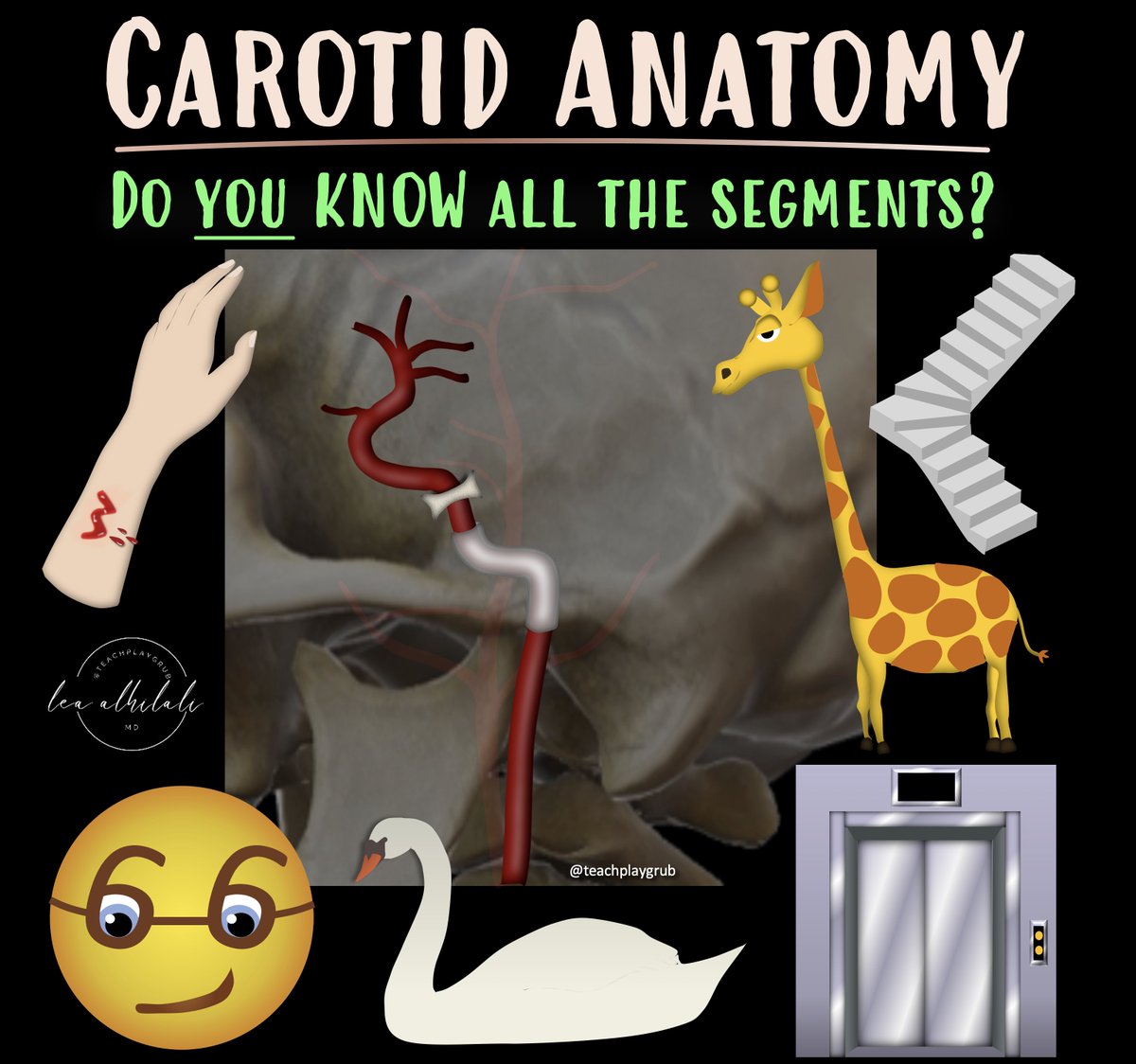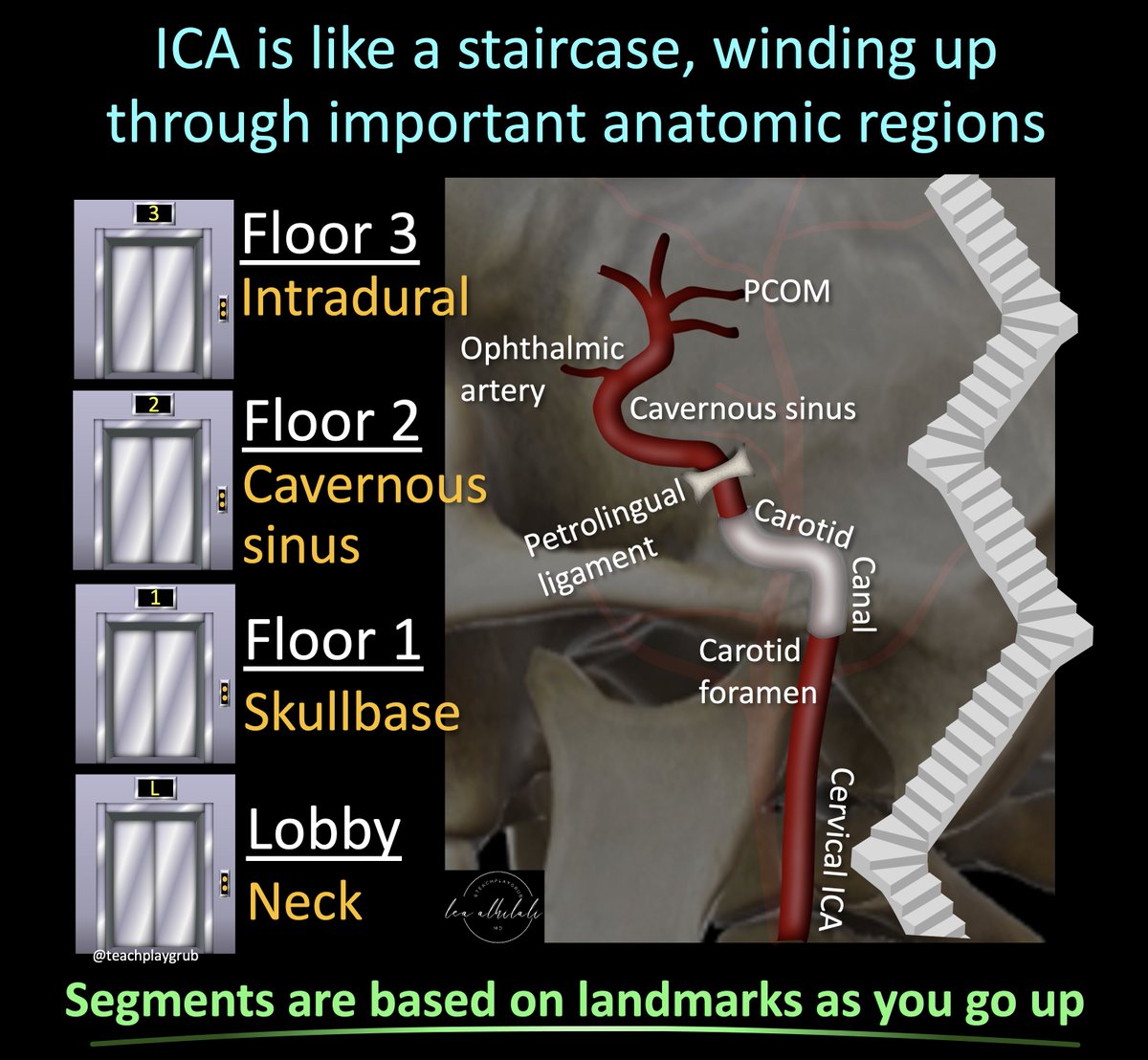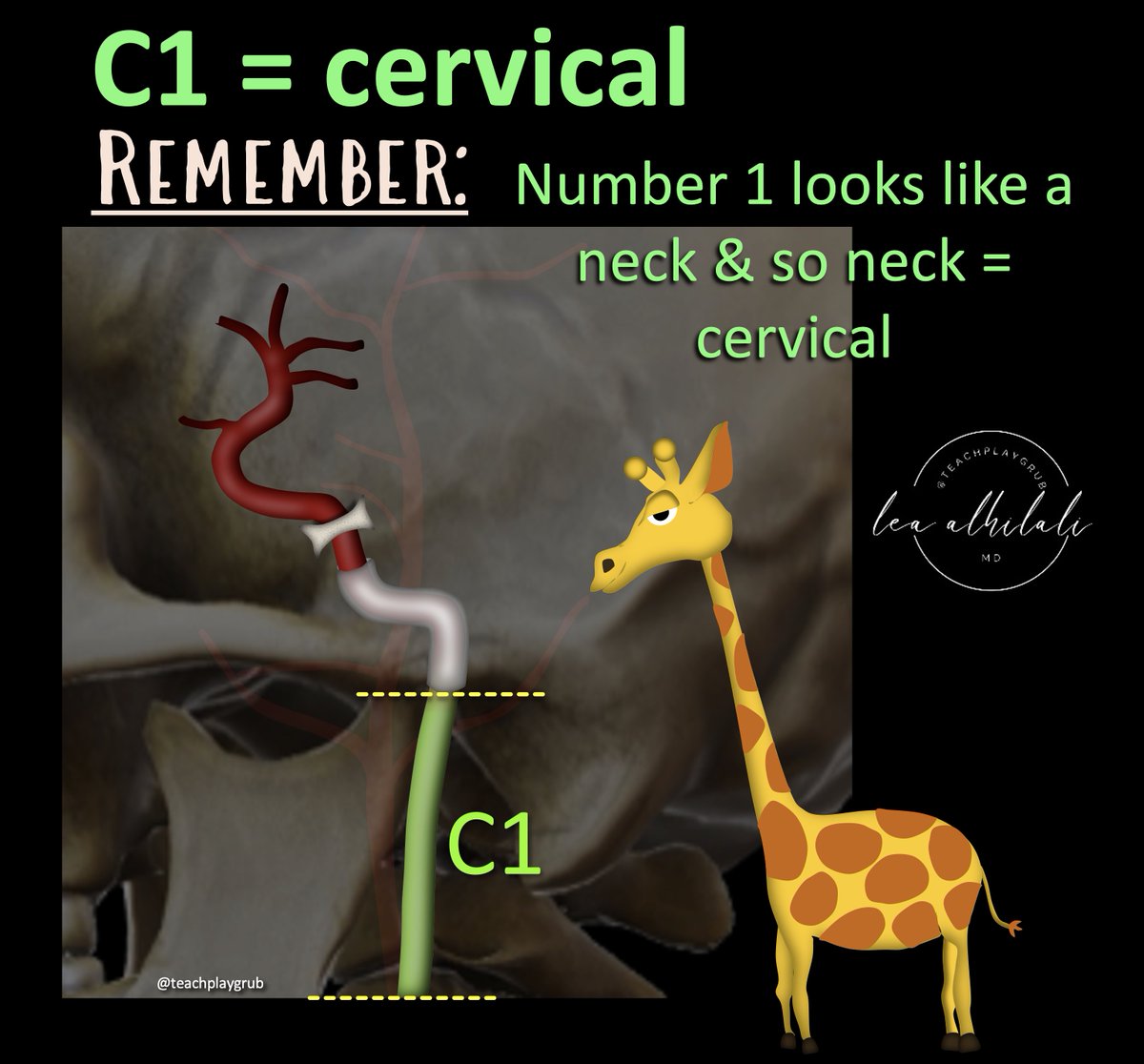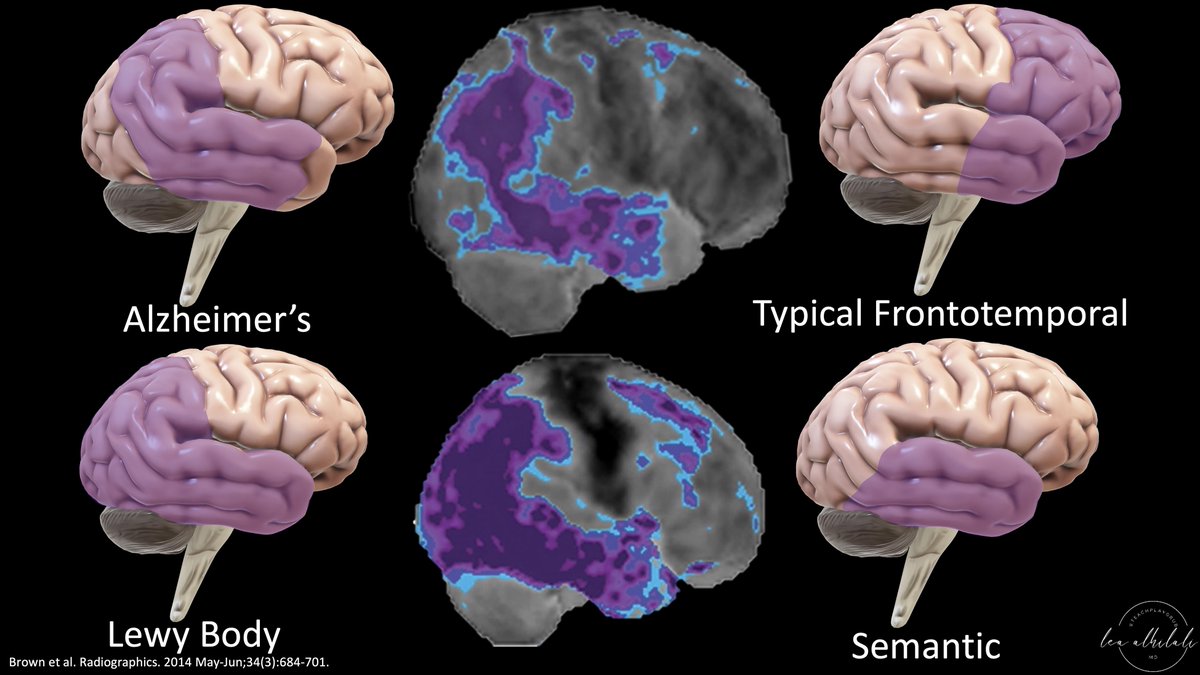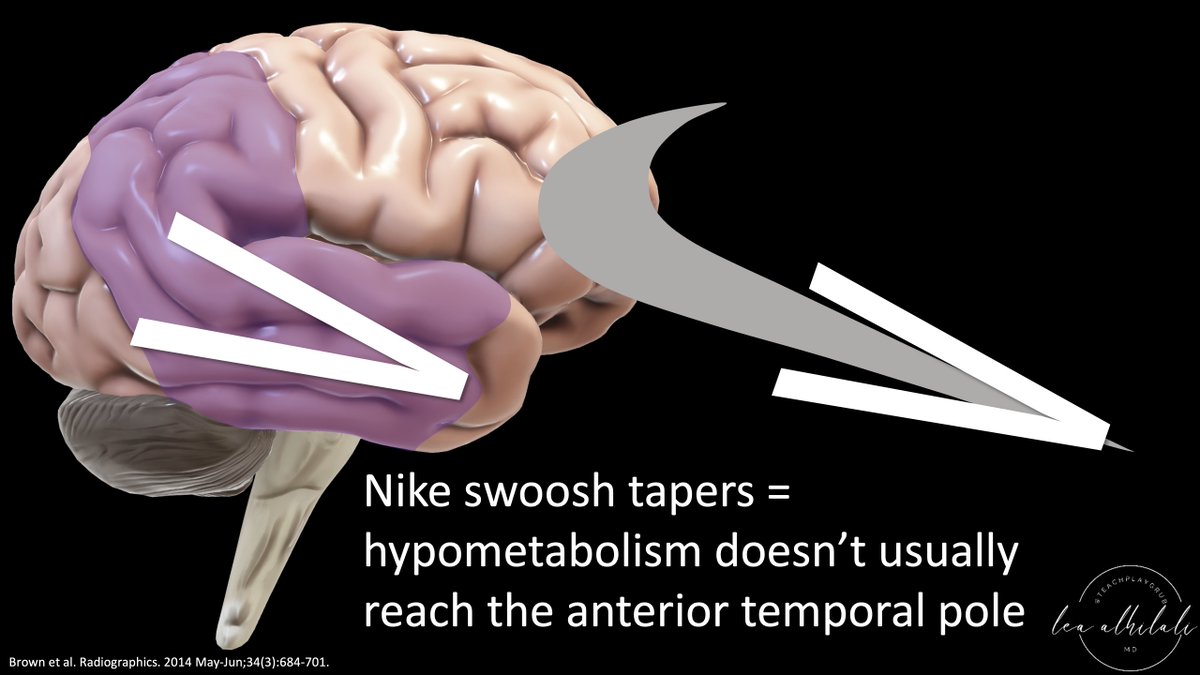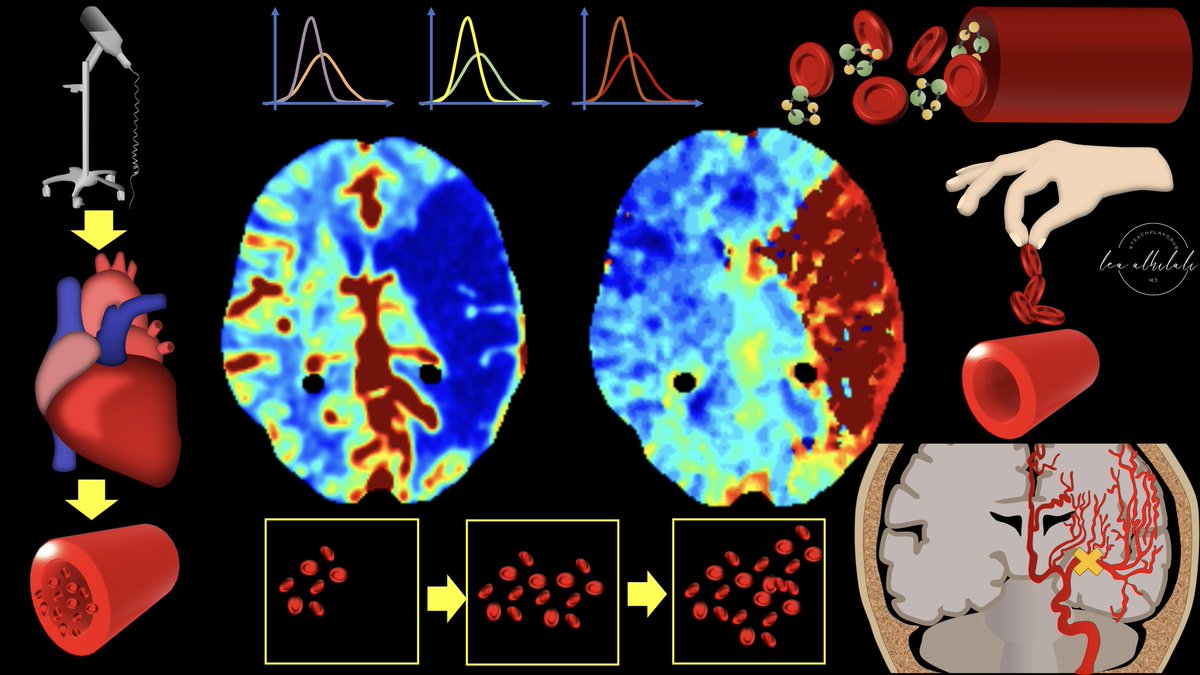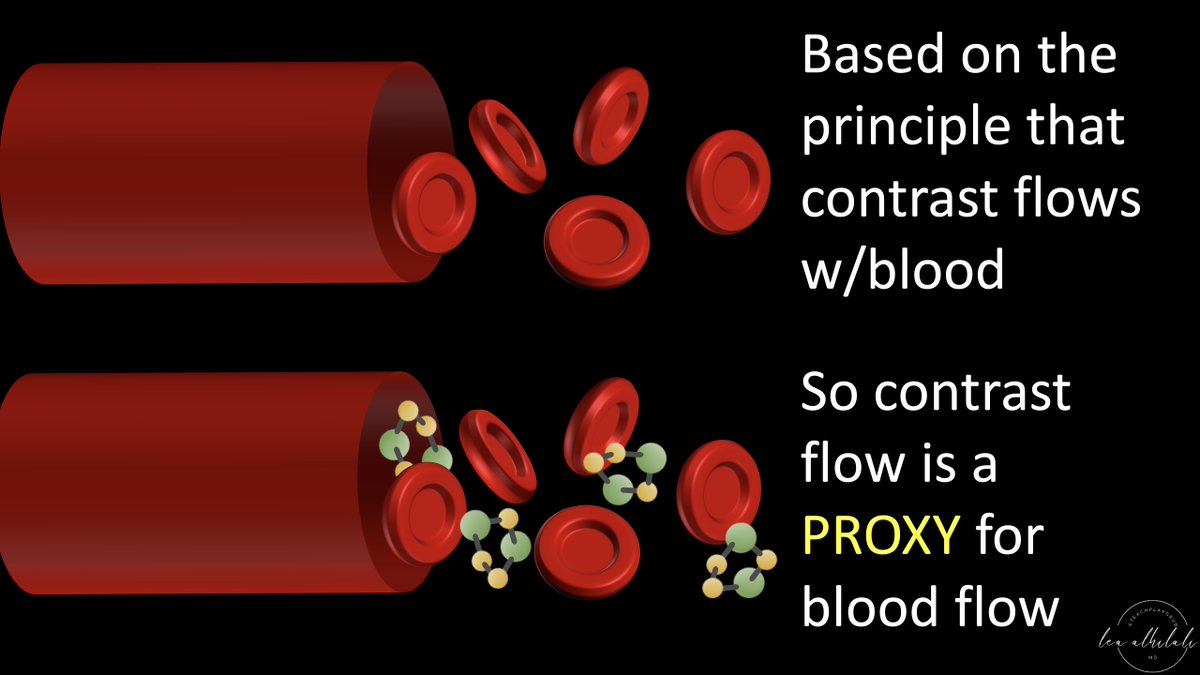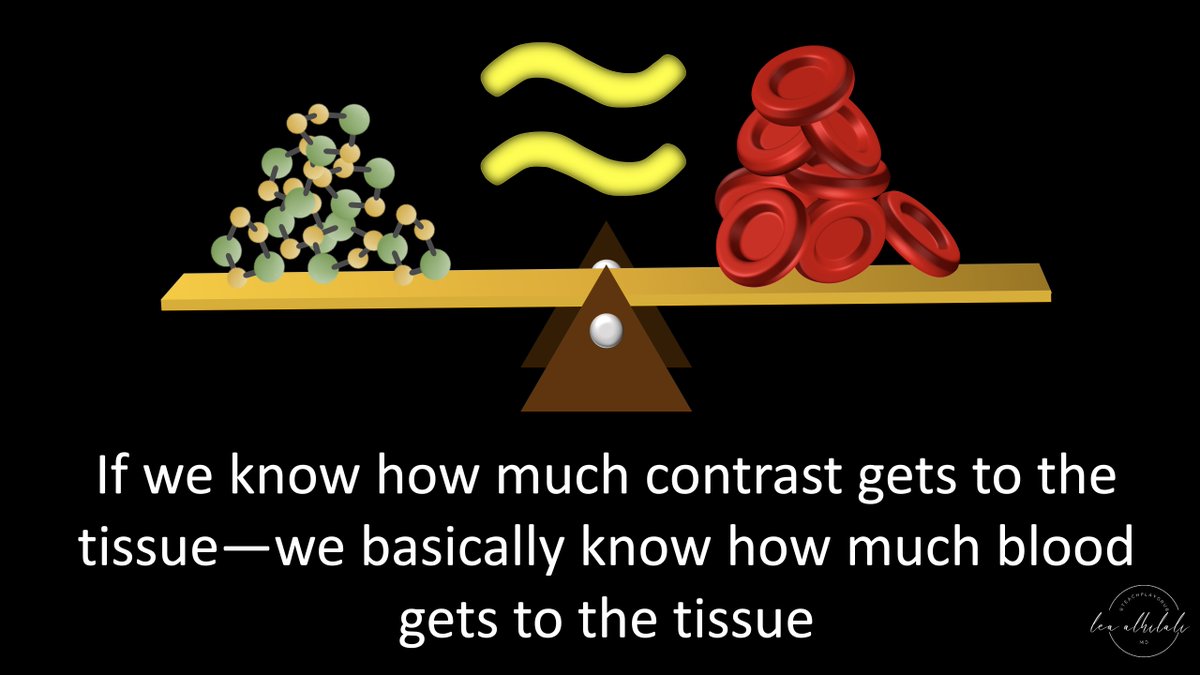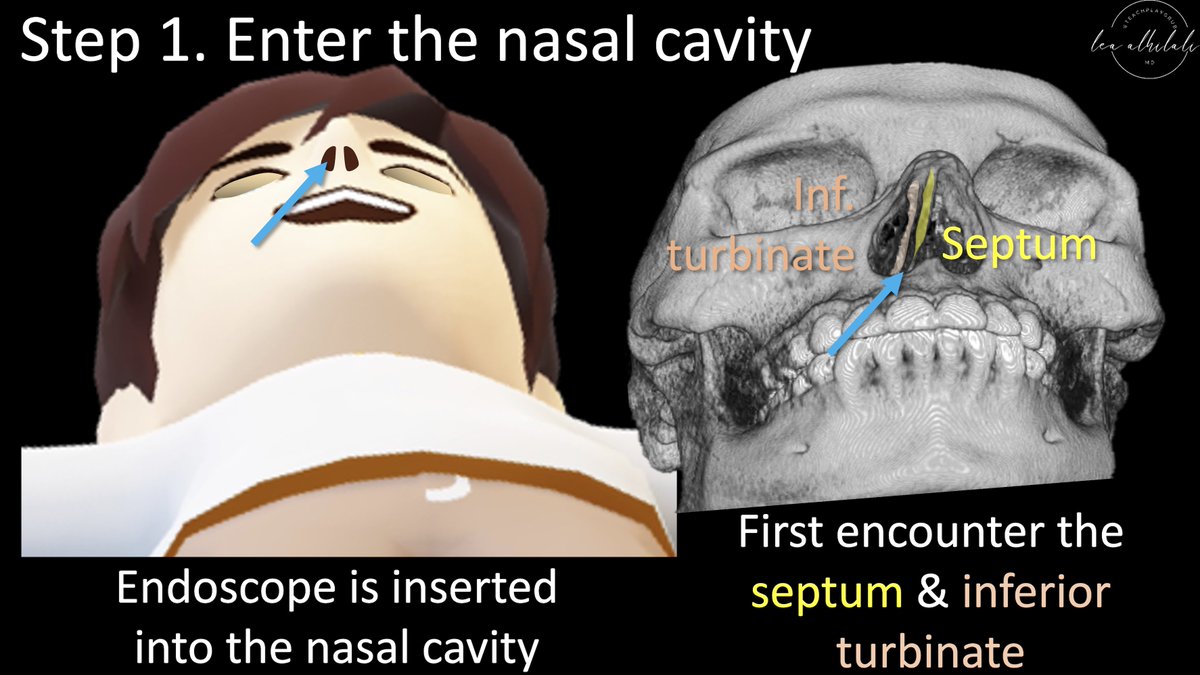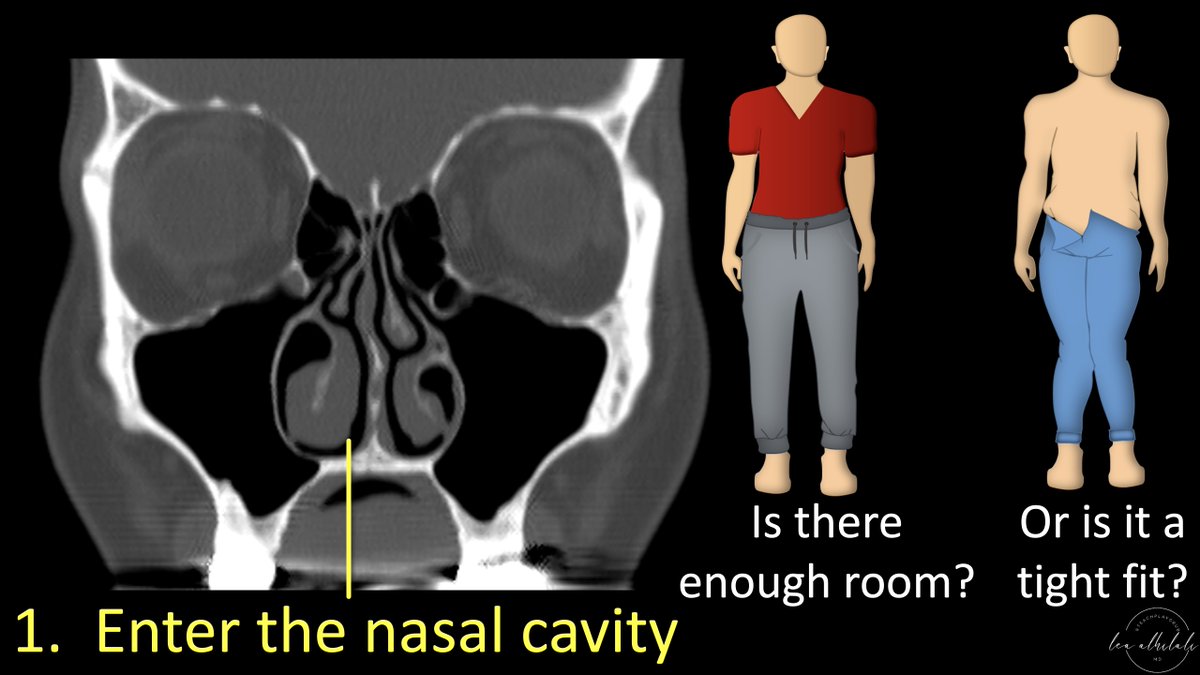1/Radiologist not answering the phone?
Just want a quick read on that stat head CT?
Here's a little help on how to do it yourself w/a thread on how to read a head CT!
Just want a quick read on that stat head CT?
Here's a little help on how to do it yourself w/a thread on how to read a head CT!

2/In bread & butter neuroimaging—CT is the bread—maybe a little bland, not super exciting—but necessary & you can get a lot of nutrition out of it
MRI is like the butter—everyone loves it, it makes everything better, & it packs a lot of calories. Today, we start w/the bread!
MRI is like the butter—everyone loves it, it makes everything better, & it packs a lot of calories. Today, we start w/the bread!

3/The most important thing to look for on a head CT is blood.
Blood is Bright on a head CT—both start w/B.
Blood is bright bc for all it’s Nobel prizes, all CT is is a density measurement—and blood is denser (thicker) than water & denser things are brighter on CT
Blood is Bright on a head CT—both start w/B.
Blood is bright bc for all it’s Nobel prizes, all CT is is a density measurement—and blood is denser (thicker) than water & denser things are brighter on CT

4/Once you see blood, next question is—where is it?
To know this, we need to know meningeal layers
Outer most layer is the dura mater
I remember it bc dura mater is DURAble. It's thick like a winter coat. Like a winter coat, it doesn’t hug the curves & hides rolls of fat
To know this, we need to know meningeal layers
Outer most layer is the dura mater
I remember it bc dura mater is DURAble. It's thick like a winter coat. Like a winter coat, it doesn’t hug the curves & hides rolls of fat

5/Inner most layer is the pia mater.
It is thin and hugs the curves of the brain like an adult onsie
I remember it bc pee-ah mater is just a few letters away from pee-jay mater—so it sounds like adult onsie PJs
It is thin and hugs the curves of the brain like an adult onsie
I remember it bc pee-ah mater is just a few letters away from pee-jay mater—so it sounds like adult onsie PJs

6/In between these is the arachnoid.
It is called that because it contains web like septations like a spider’s web.
So now you know the meningeal layers.
I remember the order bc the meninges “P-A-D” the brain—Pia/Arachnoid/Dura
It is called that because it contains web like septations like a spider’s web.
So now you know the meningeal layers.
I remember the order bc the meninges “P-A-D” the brain—Pia/Arachnoid/Dura

7/Blood can be anywhere in these layers
EPIdural is beside the dura, or outside all layers
SUBdural is below the dura, but still outside pia & arachnoid
SUBarachnoid is below both dura & arachnoid
I’m skipping intraparenchymal hemorrhage here bc that's relatively obvious
EPIdural is beside the dura, or outside all layers
SUBdural is below the dura, but still outside pia & arachnoid
SUBarachnoid is below both dura & arachnoid
I’m skipping intraparenchymal hemorrhage here bc that's relatively obvious

8/Each of these types of hemorrhage has a unique look on CT
Epidural hemorrhage is called “lentiform” bc it's convex out like a lens or a pregnant belly
Subdural hemorrhage wraps around the brain like a crescent
Subarachnoid hemorrhage is curvy between gyri like a snake
Epidural hemorrhage is called “lentiform” bc it's convex out like a lens or a pregnant belly
Subdural hemorrhage wraps around the brain like a crescent
Subarachnoid hemorrhage is curvy between gyri like a snake

9/So why is intracranial hemorrhage so dangerous?
You won’t exsanguinate from intracranial hemorrhage like a retroperitoneal bleed
The reason intracranial hemorrhage is so dangerous is bc the calvarium is a closed space with no give for anything extra.
You won’t exsanguinate from intracranial hemorrhage like a retroperitoneal bleed
The reason intracranial hemorrhage is so dangerous is bc the calvarium is a closed space with no give for anything extra.

10/So when you add something extra like blood, the calvarium won’t give, and something else has to—and that’s the brain.
Blood will push on the brain causing damage from the associated mass effect.
Blood will push on the brain causing damage from the associated mass effect.

11/Let’s talk about mass effect!
Symmetry is beautiful—it’s why Denzel Washington is such the epitome of beauty bc he is perfectly symmetry
Brain on a CT should be symmetric
A CT tech once told me he could make all the findings on CTs bc all he did was look for asymmetry.
Symmetry is beautiful—it’s why Denzel Washington is such the epitome of beauty bc he is perfectly symmetry
Brain on a CT should be symmetric
A CT tech once told me he could make all the findings on CTs bc all he did was look for asymmetry.

12/So on every CT you should look for symmetry—and things that are asymmetric are BAD
If you can’t draw a line down the middle and have each side be a mirror image, then something is wrong.
If you can’t draw a line down the middle and have each side be a mirror image, then something is wrong.

13/This asymmetry was from an subdural hemorrhage that was the same density as brain—making it difficult to visualize
But you could tell it was there from the asymmetry it caused!
Mass effect causes asymmetry!
But you could tell it was there from the asymmetry it caused!
Mass effect causes asymmetry!

14/Mass effect can cause parts of the brain to herniate into compartments they don’t belong
2 main herniation types:
1. Subfalcine: one side slides under the falx to the other side
On CT, we call it midline shift—how much 1 side has shifted under the midline to the other side
2 main herniation types:
1. Subfalcine: one side slides under the falx to the other side
On CT, we call it midline shift—how much 1 side has shifted under the midline to the other side

15/
2. Transtentorial herniation: Supratentorial compartment herniates through the tentorium that separates the cerebral hemispheres from the cerebellum
We see this on CT by effacement of the basilar cisterns—which are CSF spaces at the base of the brain.
2. Transtentorial herniation: Supratentorial compartment herniates through the tentorium that separates the cerebral hemispheres from the cerebellum
We see this on CT by effacement of the basilar cisterns—which are CSF spaces at the base of the brain.

16/The two most important cisterns for herniation are:
1. Suprasellar cistern—which looks like a pentagon
2. Ambient/quadrigeminal cistern that look like the mouth of a semi-evil smiley face with the lateral and third ventricles as the eyes and nose.
1. Suprasellar cistern—which looks like a pentagon
2. Ambient/quadrigeminal cistern that look like the mouth of a semi-evil smiley face with the lateral and third ventricles as the eyes and nose.

17/With transtentorial herniation, we are looking for that pentagon to become a triangle or that smiley to get a Bell’s palsy—with part of missing.
If you see either of those, there is transtentorial herniation.
If you see either of those, there is transtentorial herniation.

18/The final thing to see on a head CT is a stroke.
We see this as loss of gray-white differentiation.
Normally, the interface between gray and white matter looks like long octopus arms of white matter reaching out into the gray matter.
We see this as loss of gray-white differentiation.
Normally, the interface between gray and white matter looks like long octopus arms of white matter reaching out into the gray matter.

19/With a stroke, this interface gets blurred
It's like some took a painting that had a clear line between the white and gray matter and just smear the white matter into the gray matter
If I see anywhere where the white matter looks smeared into the gray, I call an infarct.
It's like some took a painting that had a clear line between the white and gray matter and just smear the white matter into the gray matter
If I see anywhere where the white matter looks smeared into the gray, I call an infarct.

20/So now you know the basics of head CTs!
Hopefully now your reads of the bread of neuroimaging will go smoothly like butter!
Hopefully now your reads of the bread of neuroimaging will go smoothly like butter!

• • •
Missing some Tweet in this thread? You can try to
force a refresh


